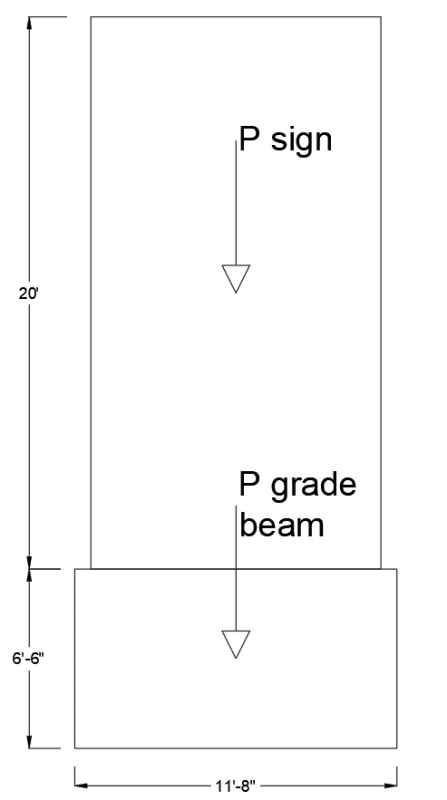sebas-1024
Structural
I'm in the middle of a design for a sign, the foundations actually, but I'm not very familiar with US codes and talking to an experienced engineer he suggested I use AASHTO for the determination of the wind loads, the thing is I can't seem to find an AASHTO code that's not about bridge design; additionally, I was using ASCE for the wind load determination but it seems to get a little convoluted when it gets to the determination of the gust factor because the sign end up being a non rigid structure due to the height and width relation. Can anybody point me in the right direction regarding this part of the design?


